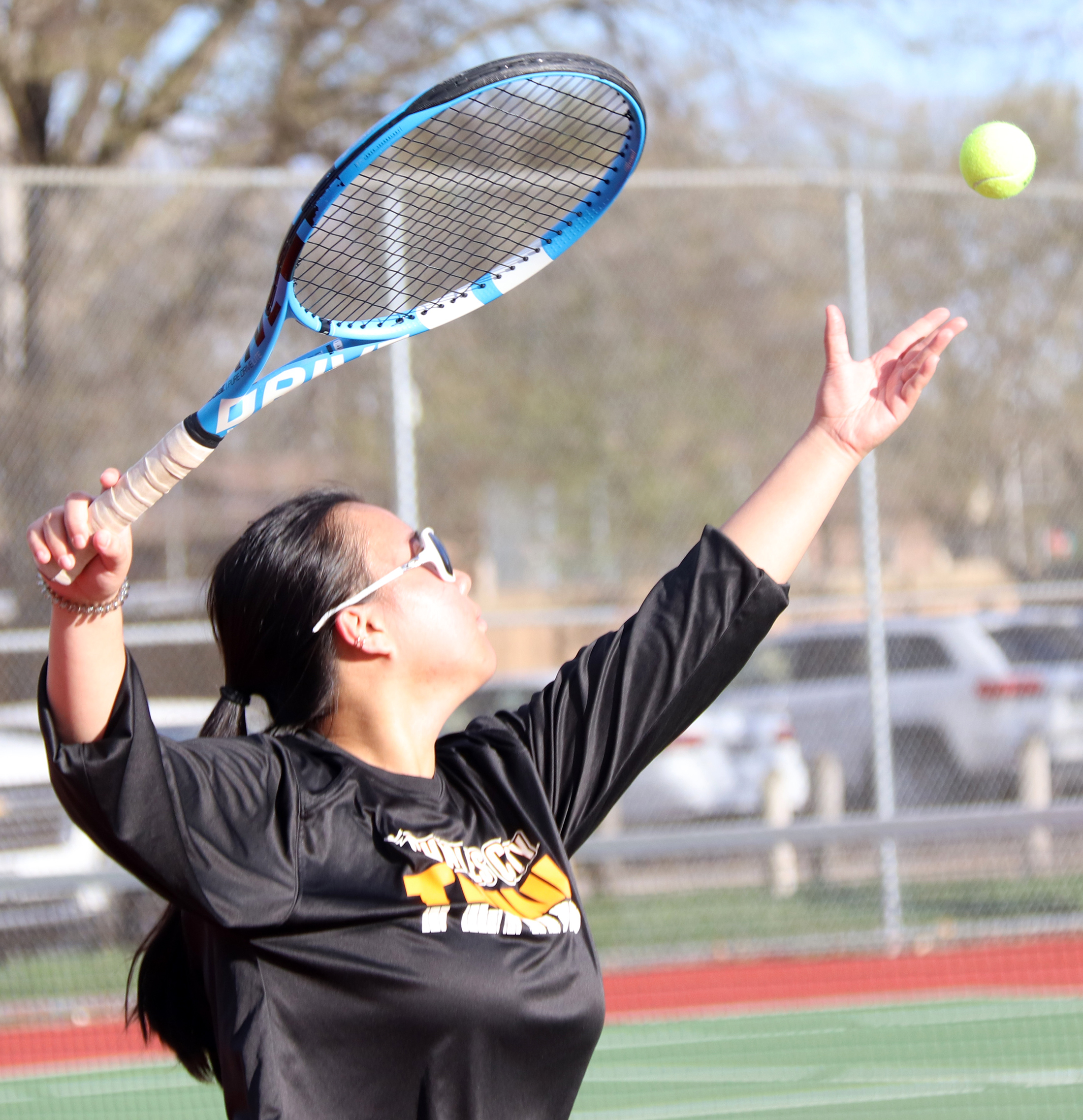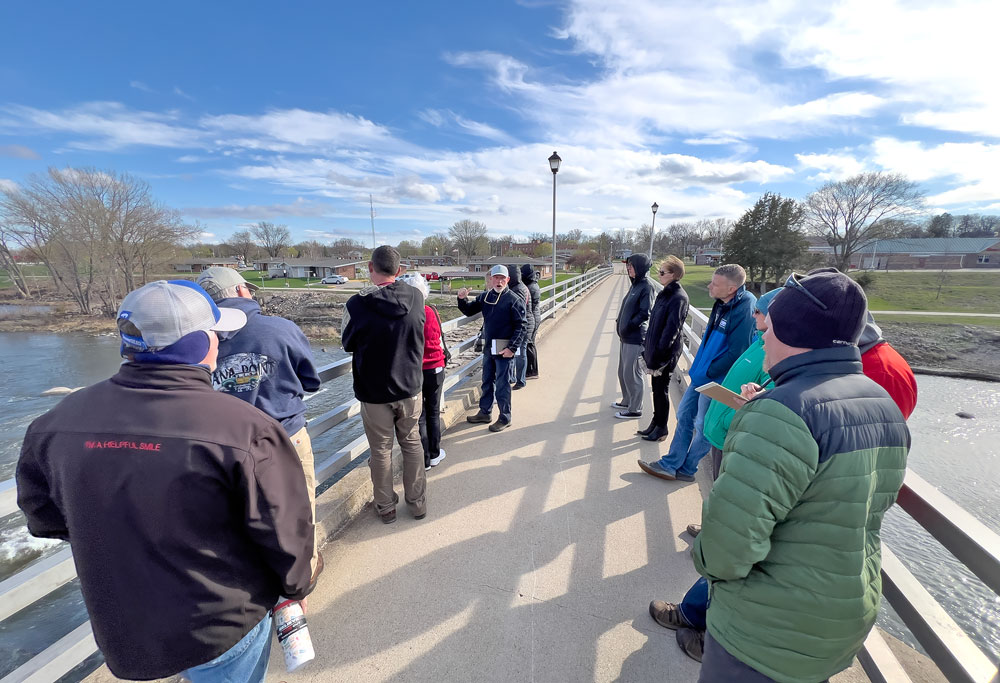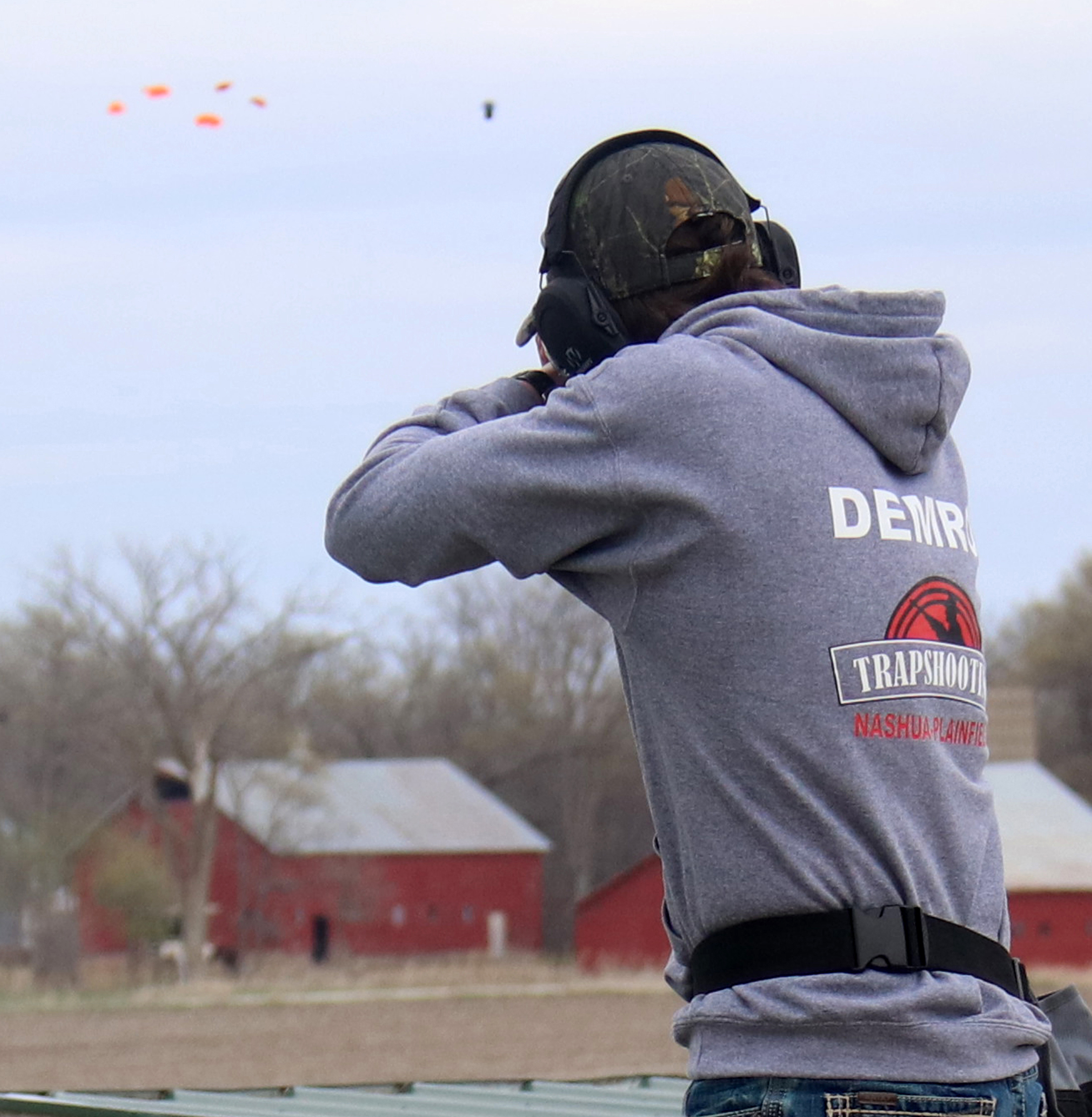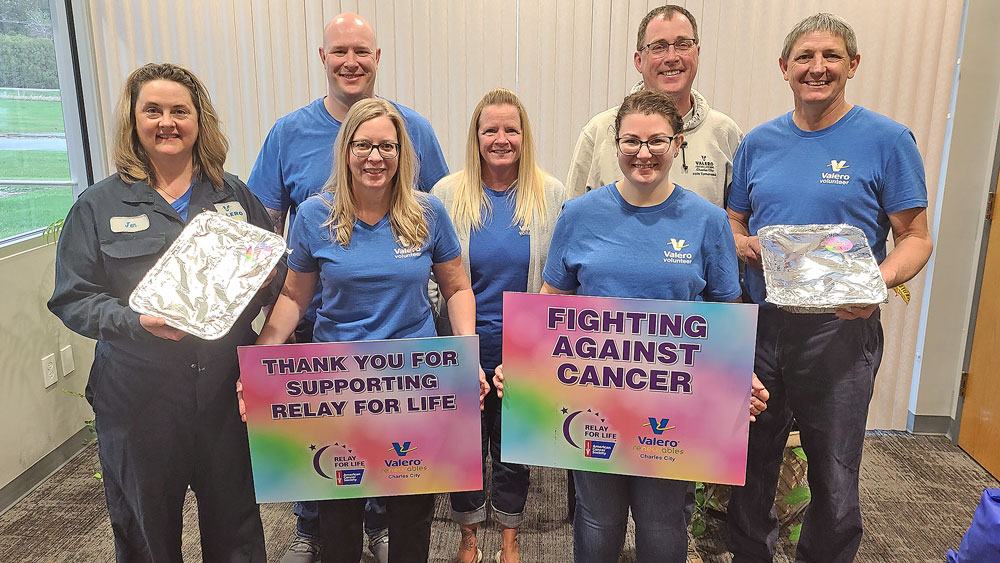Start spring right with indoor gardening tricks
Veggies can be started early for summer gardens

By Amie Johansen
amie@charlescitypress.com
Small, green shoots poking through rich, dark soil is a sign of relief. It means spring is around the corner along with warmer temperatures, sweet smelling flowers and fresh vegetables. However, this is Iowa and there are still a few days left of February so any signs of greenery are still a ways off. There is a way to jumpstart spring — bring the vegetation indoors.
Vegetables that will eventually be planted outside should be started roughly five weeks before the last frost date. According to horticulturist George Bottenberg, Floyd County’s last frost date falls beginning to mid-May.
Bottenberg has spent his life surrounded by and caring for plants and trees. He attended grad school at University Wisconsin Madison where he earned his master’s degree in horticulture and botany. Upon graduation, he worked as a production manager in four different nurseries. With this much experience, Bottenberg knows what it takes to create an ideal indoor environment to stimulate new plant growth.
There are a few common mistakes novice gardeners make.
“Too hot of temperature and lack of light,” Bottenberg listed as standard mistakes.
According to Bottenberg, plants only need warm temperatures at the beginning of their lives.
“When you plant the seeds you need 70 to 85 degree temperatures to germinate once they germinate you need full light,” he said.
Full light does not necessarily mean warm.
“Once they get up it’s better to have to 55 or 60 degrees,” he said.
Lighting is also important.
“You probably want 13 to14 hours (of light), so you need eight or 10 hours of dark,” Bottenberg said. “As far as the amount of light, the closer you can approximate full sunlight the better they will do.” He approximated at least half to two-thirds sunlight should given to started plants for healthy growth. For best light exposure, place plants in front of a south or west window.
Good growth is important, but plants should not be allowed to become too large.
“Actually when you transplant crops it’s better for them to be a bit small,” Bottenberg said. Bigger plants will handle tougher growing conditions easier, however, the smaller plants are better for heavy production.
It would seem like the best way to ensure easy transition from indoors to the garden would be to create garden-like conditions. According to Bottenberg garden-like conditions should not extend as far as the soil.
“You definitely don’t want to go out to your garden and bring in soil,” he said. Garden soil carries disease, weed seeds and other unwanted elements.
Bringing the soil indoors does not create an optimum growing environment.
“You need to select the right kind of soil,” he said. “I used some commercially prepared stuff, generally you use peat moss and vermiculate, that makes a nice medium to grow in that is sterilized.”
Further success is ensured by using the right container.
“When you put them in a container of any size, you get what’s called a perch water table,” Bottenberg said. “You get too much water staying up in the top, consequently high moisture. The shorter your container the more problem you have with over watering. The longer the container — they don’t’ have to be terribly big around — the deeper they are, the better they are from the standpoint of controlling moisture.”
Although now is a bit early to begin plants indoors, it is a good time to start assembling and preparing. Between now and mid-March — when seeds can be started — research seed types and varieties, choose a soil medium, purchase proper growing containers and prepare the area where the plants will be grown. If spring won’t appear outside, start spring indoors.







Social Share